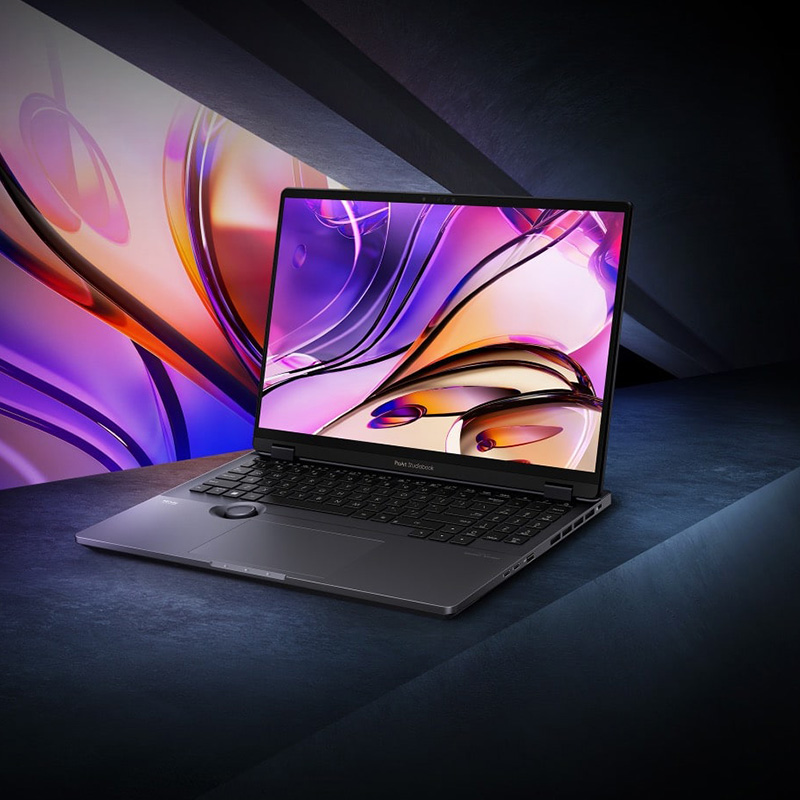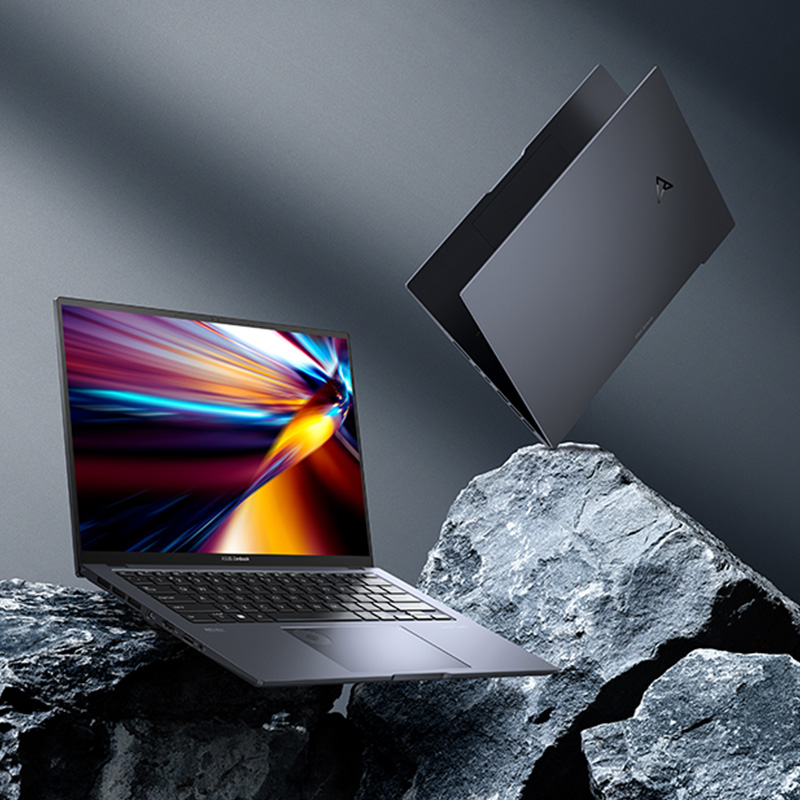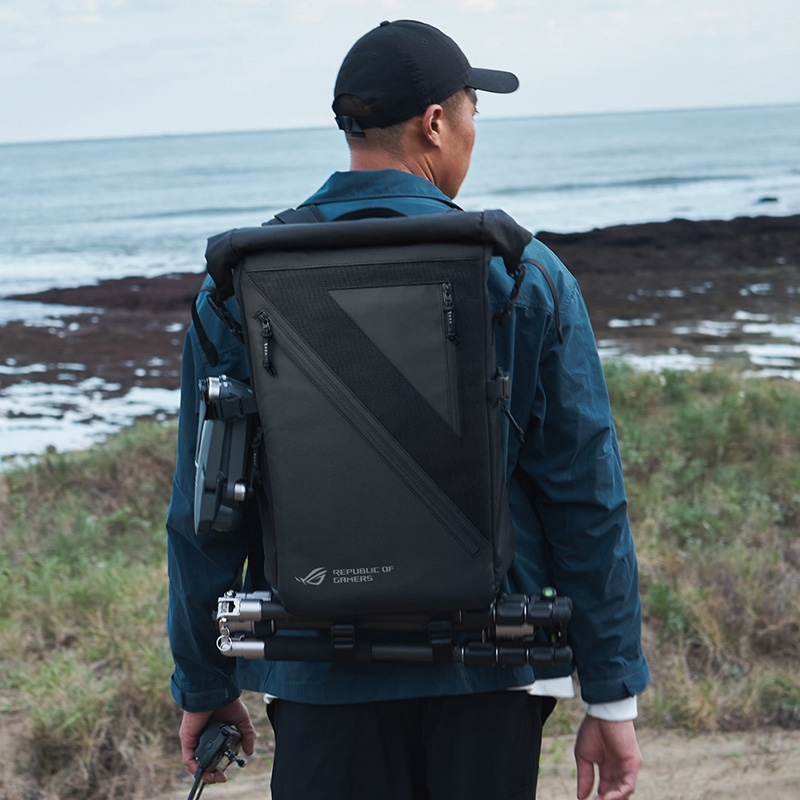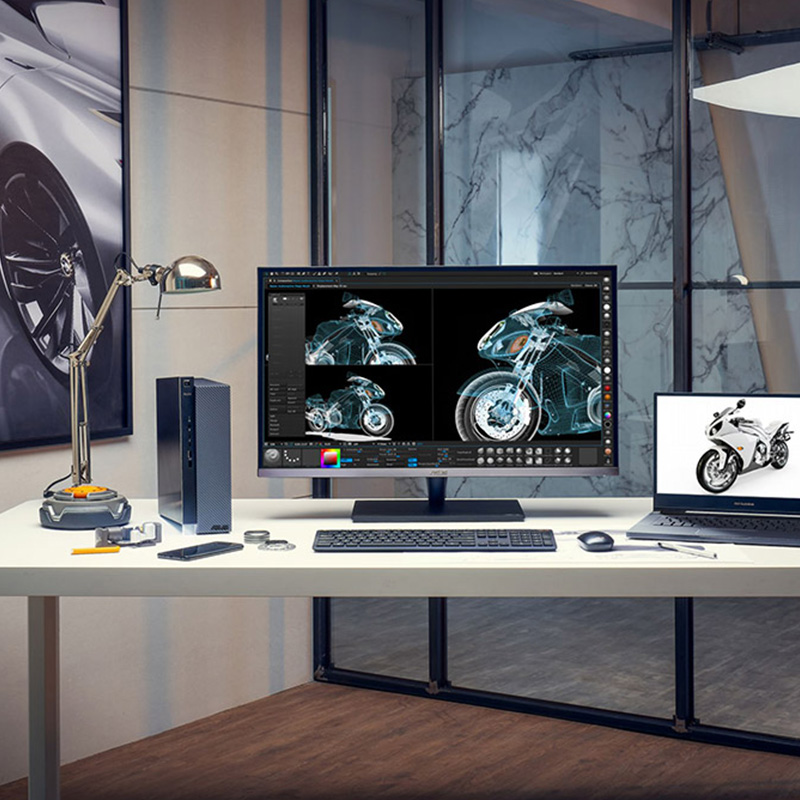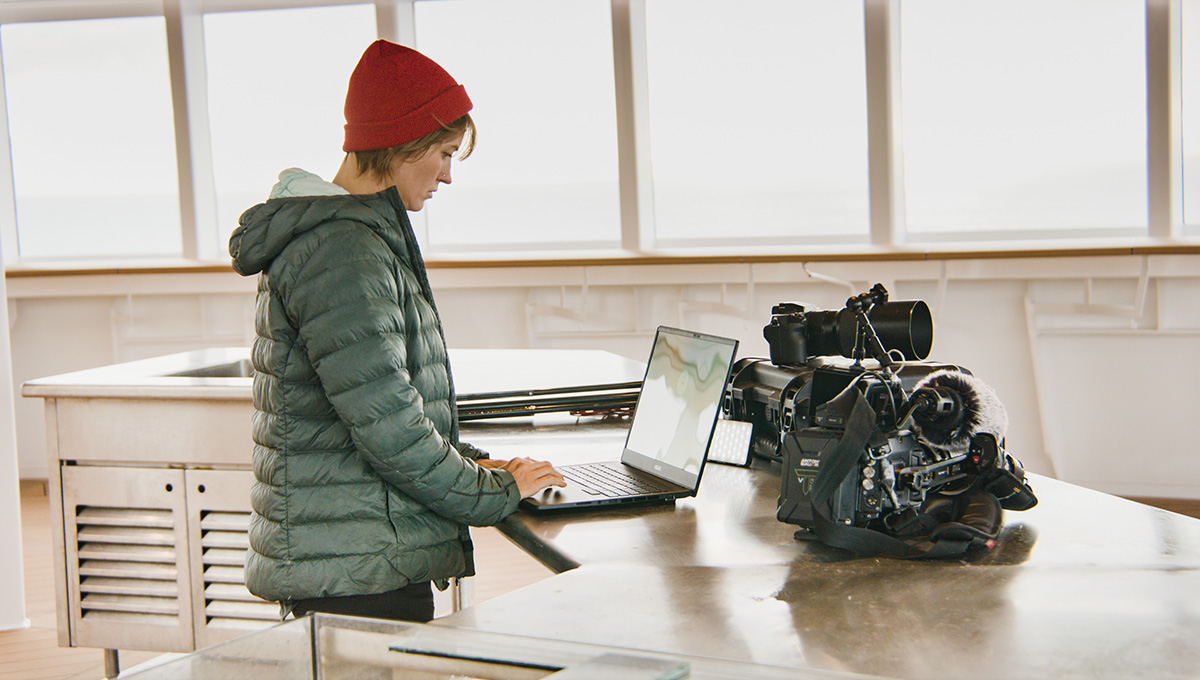
Jun 22, 2023
When heading out for an outdoor session or taking travel photos, the
goal is almost always to carry as little as possible. You might be
wondering: Should I bring my laptop for an outdoor photoshoot? Or
are my camera and its accessories enough?
Read on to learn when a laptop will be useful during an outdoor
photoshoot, and in what situations you’ll be better off leaving it
behind.
When to Bring Your Laptop With You
Many creators choose a laptop computer over a desktop for its
portability. During a photo shoot, a laptop can serve as a backup
device or an appropriately sized display to check photos while on
location.
Here are some situations when you’ll benefit from bringing a laptop
with you on a shoot.
When You Need Immediate Photo Feedback
Modern digital cameras come with a small screen that provide a
general view of the pictures you just took. But when you need more
detailed insight into how your photos are looking right as you take
them, whether the colors, focus, and composition are as planned,
you’ll need a laptop with a color-accurate, bright screen —
especially if the shooting is taking place outdoors and not in a
studio.
For visual artists, screen quality is paramount, so you want to make
sure you get the best. You may want to opt for a bright,
high-resolution OLED display ― such as
ASUS Lumina OLED, available in
ASUS creator laptops.
When you have a high-quality laptop with you during the shoot, you
can immediately check parameters like sharpness and image quality
and make sure there is no blur by using Adobe® Lightroom or other
software.
Having an accurate display is especially useful when trying to
achieve specific lighting effects ― such as a dusk shot. When
investing time and money in an important shoot, having a way to
check to see that you’ve captured what you need is absolutely
critical. This is especially true if you only have one opportunity
to take the specific shot you need.
When You Have Your Clients with You at the Shoot
When hired for a photo shoot that your clients will be attending,
having a laptop with you is key. If you can show your work to your
clients right as you take the photos, they can select what they
like. This will help you know what direction you should head for the
rest of the day. If the client can pick out key shots they like on
the spot, it can also save your time otherwise spent choosing from
hundreds of photos later on and decrease the email back-and-forth
following the shoot.
When You Wish to Edit on Location or While Traveling
With a powerful creator laptop with plenty of processing power,
photographers can make edits on the go or on location. It also
enables you to be able to make some edits on the spot and show the
results to your clients, if they are at the shoot with you. Or, if
you’re shooting a live event, you can quickly edit and share photos
― right there and then.
When at Extended Shoots (Over a Couple of Days)
Sometimes, you’ll need to spend a few days away from your usual
workstation. In these situations, having a laptop with an SD card
reader and plenty of storage space will be crucial ― as it will make
it easy to save the work you’ve done each day and neatly organize
your files into folders corresponding to shooting days for easier
file access.
When NOT to Bring Your Laptop With You
Sometimes, just your camera and some backup SD cards are enough.
Here are some situations when you might be better off leaving the
laptop behind, allowing you to travel more compactly.
When Editing Equipment is Available on Location
In some shooting locations, a professional setup with a desktop and
displays might be available for use, so your camera is all you need
to have with you. Or, you may simply be in charge of capturing
imagery … and the editing is left to others.
Even in such cases, however, many photographers prefer to have their
own computer with all their settings and preferences in place, and
simply plug the laptop to an external monitor. But, the choice is
yours.
When You Don’t Need Immediate Feedback
Sometimes you can take your sweet time to review the results back at
your studio or home. All you’ll need is a bunch of SD cards to
ensure you have enough space, and then you simply download the pics
to your computer and check them or make edits after the shoot is
completed.
This can also be true for hobbyists and amateurs whose lives don't
depend on whether the shots you just took will sell or be accepted
by your clients.
When You’re Travel-Shooting
When you’re traveling for extended periods, you may want to bring
your laptop with you. But that doesn’t mean that you’ll need to
carry it everywhere you go, every day. In many cases, it will be
best to simply leave your laptop in the hotel room and download your
photos at the end of the day.
When You Will Be In Difficult Conditions
Sometimes, it's better to leave the laptop behind for the sake of
its safety. This might be because of the weather conditions like
rain (laptops and water don't mix) or when the environment is dusty,
extremely humid, or otherwise not recommended for laptop usage.
Sometimes you’ll shoot in difficult conditions, in crowded spaces,
or will need to move around a lot. In these cases, it’s probably
best to leave your laptop behind.
How to Choose a Laptop for Use Outdoors?
Not all laptops will be able to handle what you need them for. We
recommend a creator laptop with specifications optimized for your
needs.
When choosing a laptop for photo editing and outdoor photography,
make sure it has some of the following characteristics:
-
Strong processor (such as an Intel® Core™ i7, or even
better—Intel® Core™ i9)
-
A mid-tier dedicated graphics card (such as the NVIDIA® GeForce®
RTX 3060),
-
At least 16 GB of RAM, optimally 32 or even 64 GB or RAM for
smooth multitasking;;
-
Plenty of I/O ports, including USB-C® ports, at least one
Thunderbolt™ 4 port, an SD card slot, and an HDMI port;
-
Tough, durable chassis (best if tested to U.S. military-grade
standards);
- Good battery life (minimum of eight hours);
-
Pantone® Validated for color-accuracy, bright ASUS Lumina OLED
display;
-
Creator-specific tools (e.g. ASUS Dial) optimized for Adobe®
Lightroom Classic, Photoshop, and other creative software.
Here’s a guide to choosing the right creator laptop. Just click the
button below to learn more!
Choose the Right Laptop for On-the-Go Creators







